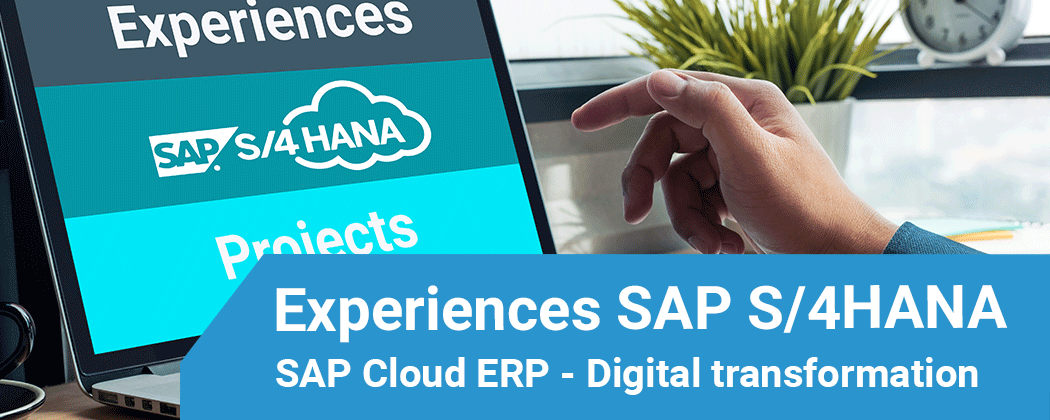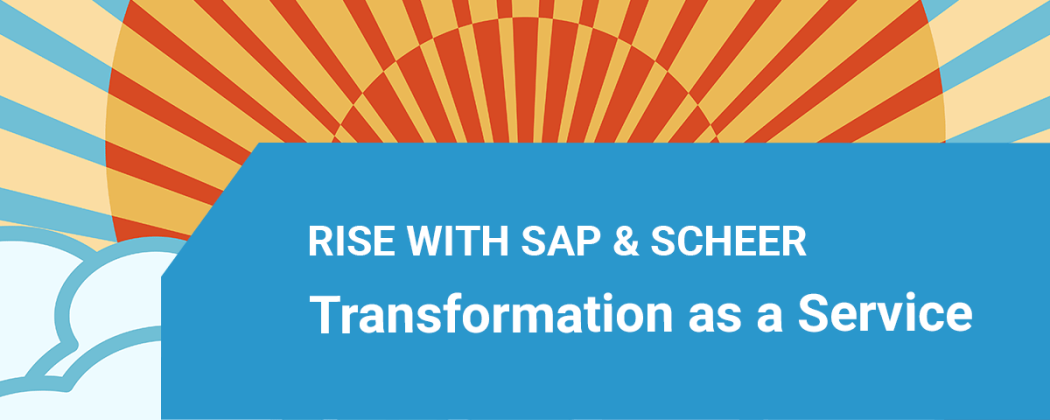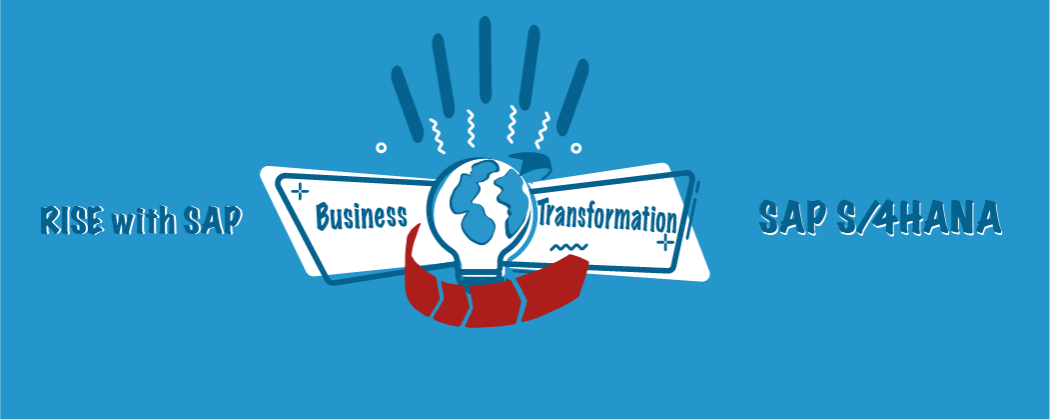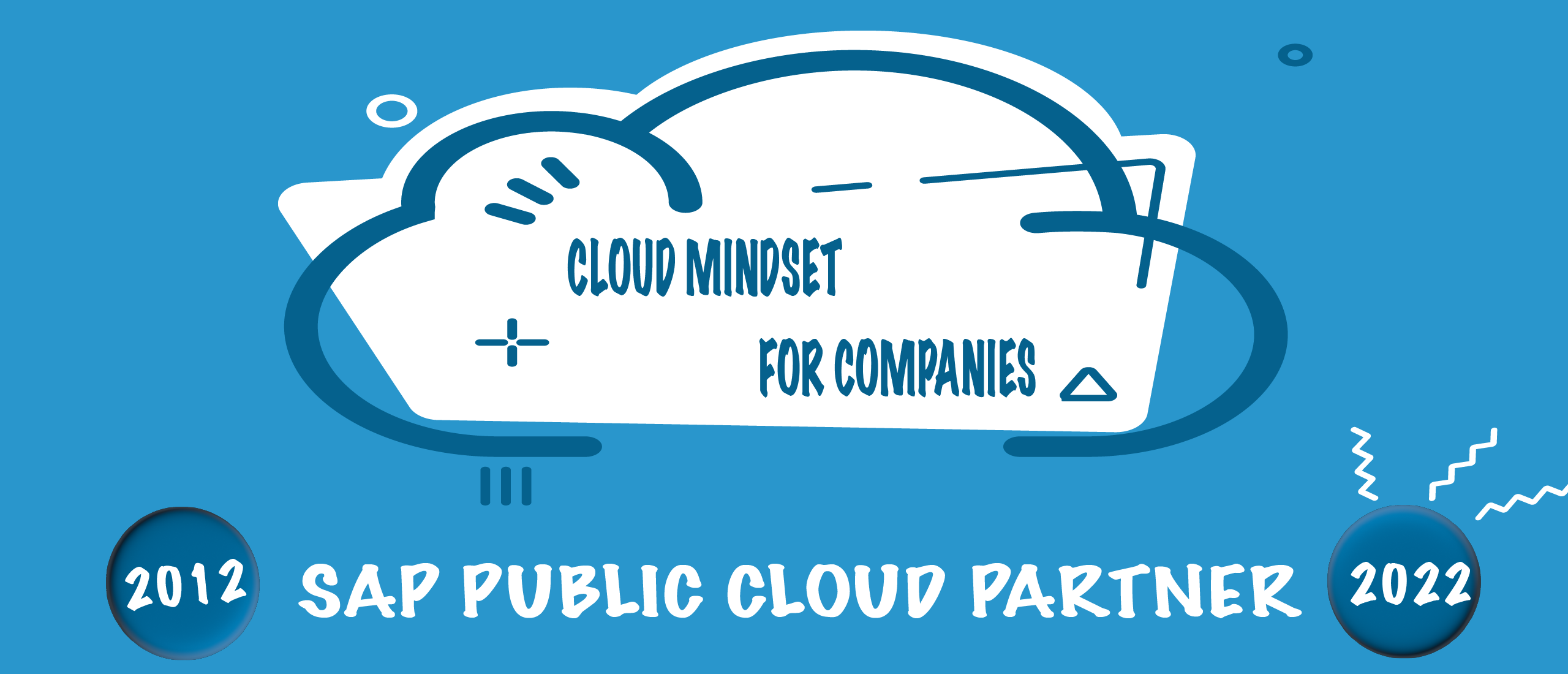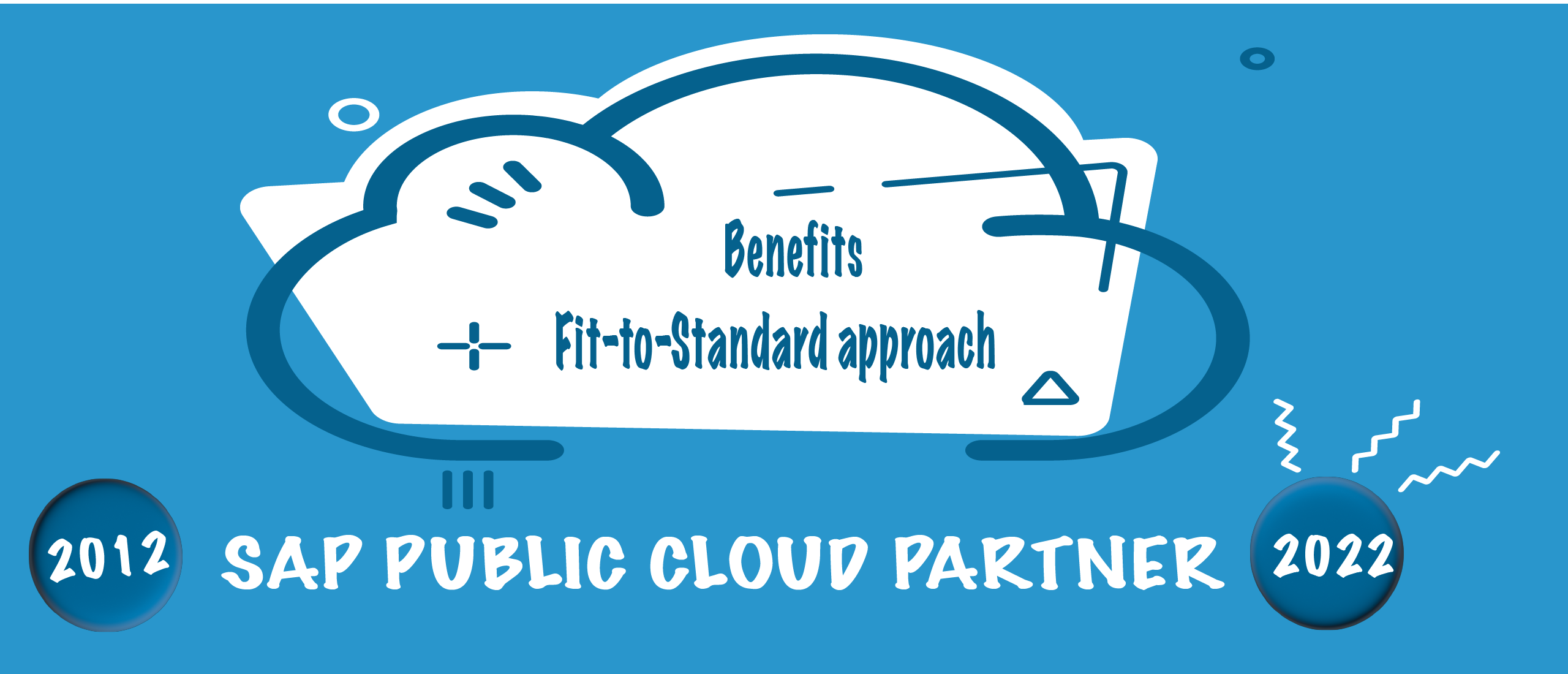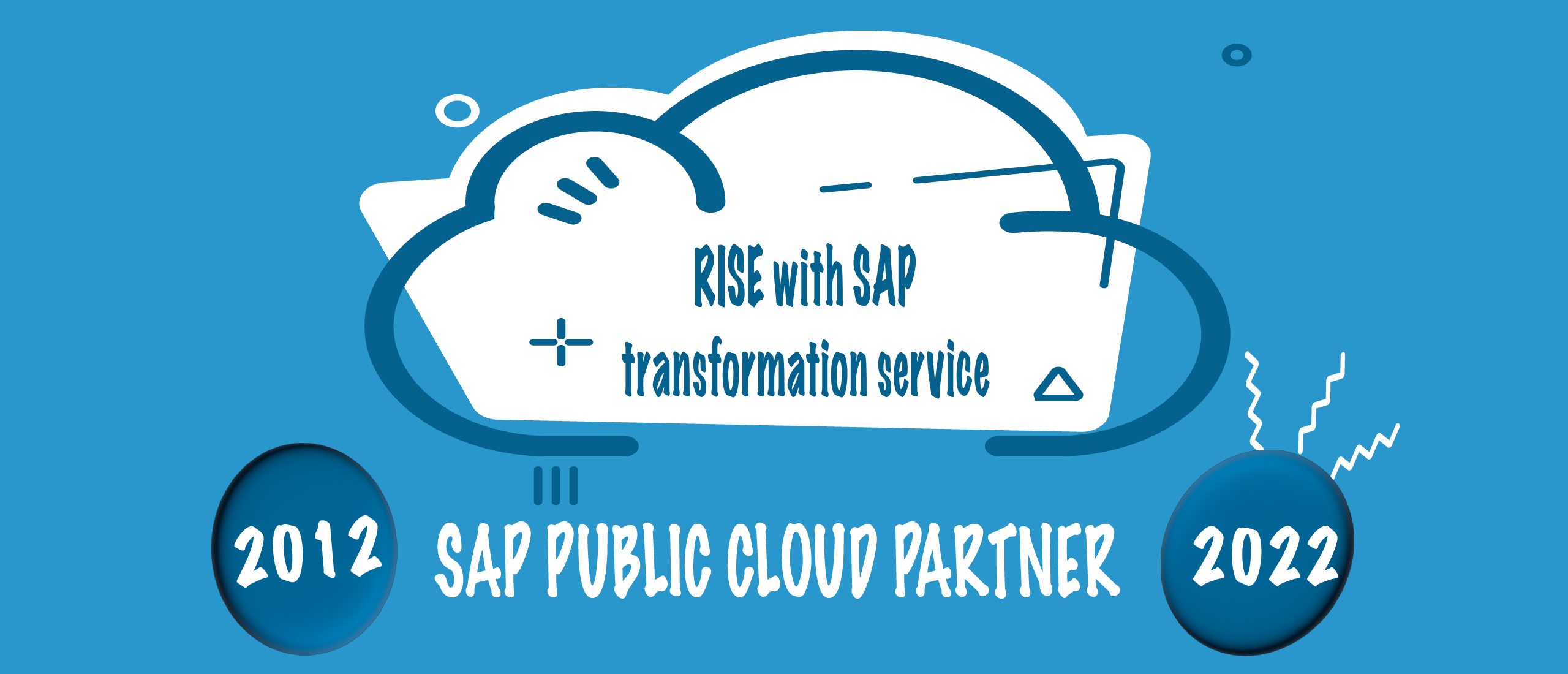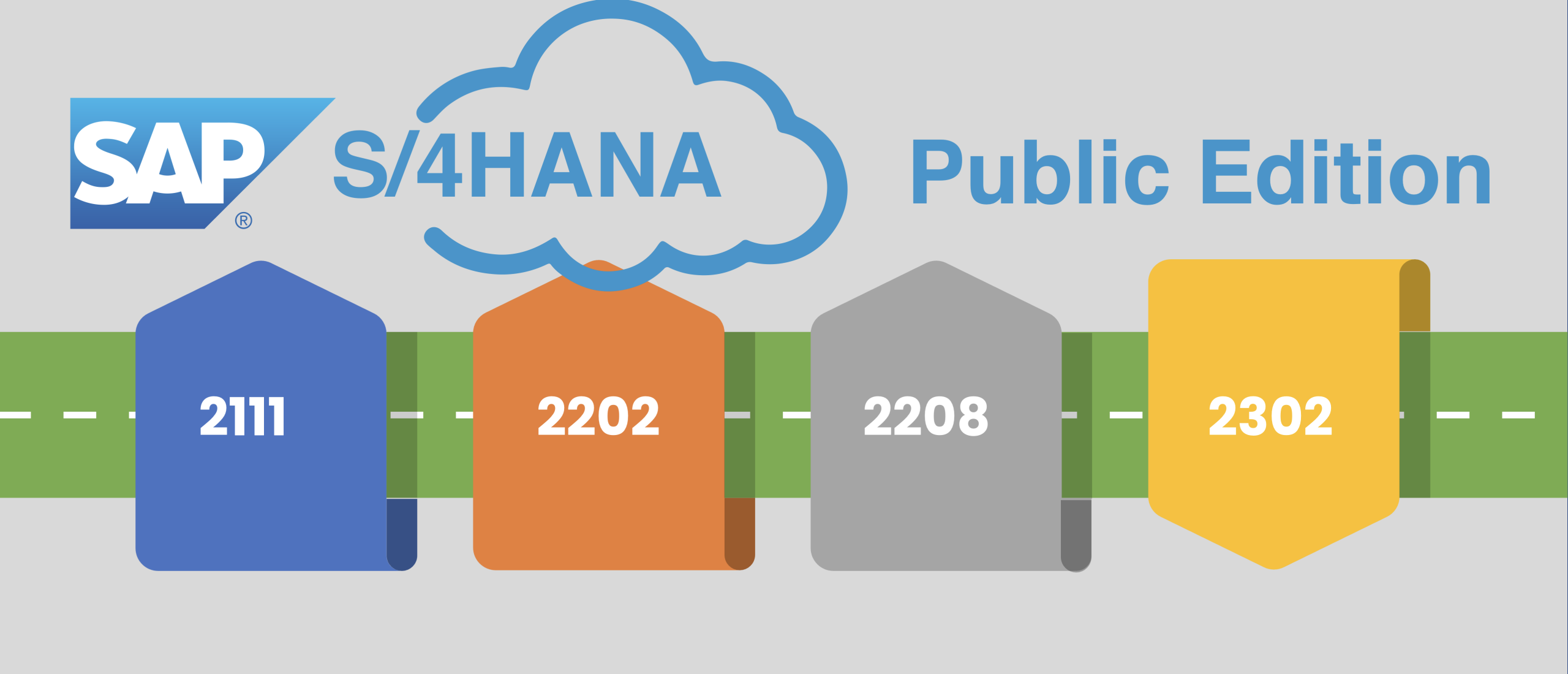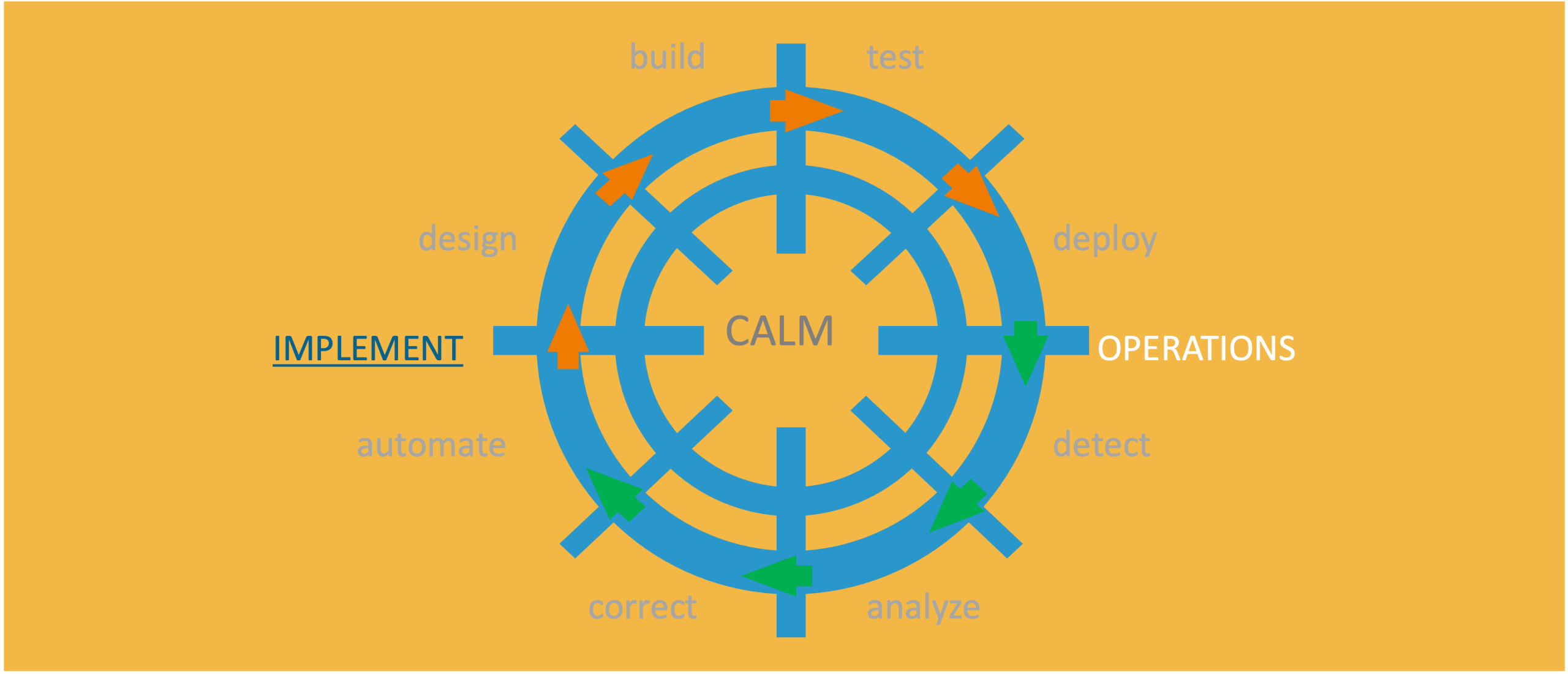
Plan the optimal license transition from SAP ECC to SAP S/4HANA
Save money with the right decision on license conversion from SAP ECC to SAP S/4HANA
Many companies are afraid of high costs when switching to S/4HANA. According to the Lünendonk study “With S/4HANA into the digital future – status, goals, and trends with the implementation of S/4HANA in German-speaking countries” (September 2019), more than 62% of companies indicate that they do not yet know what their exact licensing needs are and are therefore uncertain about the consequences of the change from Business Suite to S/4HANA. The expectation is that these numbers will not be much different for the Dutch market. In all likelihood, a significant shortcoming here lies in the way the new licensing model is communicated and in a lack of insight into how exactly it works. Therefore, it goes without saying that 73% of the IT decision-makers surveyed expect their partners in the field of license management to have expert knowledge in this area in order to remove any doubt.
Wait until 2027 or start converting SAP ECC Licenses now?
SAP ECC users have until 2027 to implement the change, but they need to think carefully about how to organize this change now. Scheer, with her specialized unit in the field of SAP licenses, has many years of experience with SAP license models and wants to try to take away the possible fear of the transition to S/4HANA.
To convert your SAP ECC license to SAP S/4HANA you basically have two conversion options:
- Product conversion
- Contract conversion
Product conversion from SAP ECC to SAP S/4HANA
Where product conversion is chosen, customers using SAP S/4HANA Enterprise Management for ERP purchase the right to use the software. The original SAP ERP contract remains largely valid and is “SAP S/4HANA-ready” through the additional purchase of only S/4HANA license components and the transition to the SAP HANA database.
Deployment of SAP HANA Database
Firstly, the SAP HANA database licence has to be purchased. Most customers choose the Runtime edition and the price is calculated based on the current HANA software application value (HSAV) of the SAP licenses. Costs for AnyDB (e.g. MS-SQL, DB/2, Oracle) are not included. The alternative choice for a full-use HANA license is rarely considered by small and medium-sized companies. The current database is also technically disconnected from the HANA database in order to avoid a doubling of maintenance payments. The cost for the HANA database is calculated at 15% of the value of the original application, excluding the value of the database.
Deployment of SAP S/4HANA Components
In addition, the SAP ECC product licenses have to be converted. Currently, SAP offers the possibility to purchase usage rights for SAP S/4HANA on the basis of the existing ECC licenses, against payment of a so-called flat fee. In this way, the current SAP ERP licenses are converted into SAP S/4HANA licenses. For most traditional products, there is an S/4HANA successor that replaces them (for example, “SAP Incentive & Commission Management for Insurance” is replaced by “SAP S/4HANA ICM for Insurance”).
The SAP S/4HANA core system does not include all ECC products – they are exempt from this principle and must be licensed separately. Here you can think of LoB solutions and SAP industry solutions such as Cash Management, Enterprise Product Engineering and Advanced Available-to-Promise. But regulations are also possible here.
Compatibility packs expire by 2025!
The “old” solutions from the world of SAP ECC may only remain in use under SAP S/4HANA until 31 December 2025. The maintenance extension for ECC until 2027 does not entail the usage rights for the compatibility packs, as the usage rights for these packages will, in any case end on 31 December 2025. See for more details the SAP Blog and FAQ about these Compatibility Packs for SAP S/4HANA.
For most solutions, an equivalent successor to SAP S/4HANA has been defined and designated, together with information on when it can be implemented. If this is not the case for one of your solutions, you should regularly consult the SAP roadmap for details on its development.
Contract conversion from SAP ECC to SAP S/4HANA
A contract conversion includes the complete transformation of the contract and offers the customer a unique opportunity to introduce a pure S/4HANA contract and an update of the commercially neutral products.
You only include those products in a new contract that you need now and in the future. The new license model no longer uses “named users” as a basis for calculation, but uses “user metrics”. This includes the number of active users working with your licensed system.
SAP uses the so-called “milkshake approach” for the conversion process. You could compare it to mixing all the old licenses in one shaker and then replacing them with a new license agreement. A Bill-of-Material is created for the new license agreement, which covers the licenses you need now and in the future.
Any concerns you may have about overcharging can be addressed in this model: the cost of the new aggregated license will be offset against the existing licenses, only the difference in both totals will have to be paid. The existing license inventory can be settled up to 100%.
When to choose between product or contract conversion?
The choice between product or contract conversion is usually made at the end of the decision making process when all your exact requirements have been identified. This is also part of the preparation of each SAP S/4HANA roadmap and needs to be considered separately for each customer. The right choice will not only significantly optimize your use of the SAP software, but can also lead to significant cost savings.
Scheer can help you find the optimal solution. Our team of experts is at your disposal at all times if you have any questions. Please contact us for a non-binding consultation.
More information about SAP and Licenses within Scheer:

